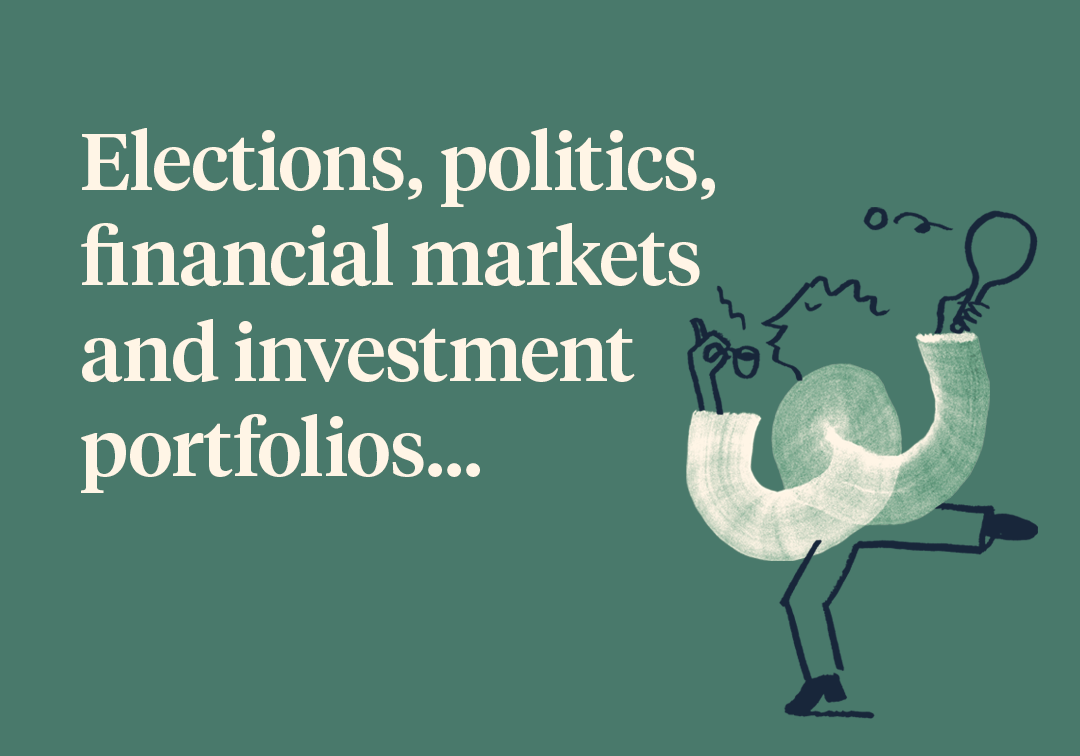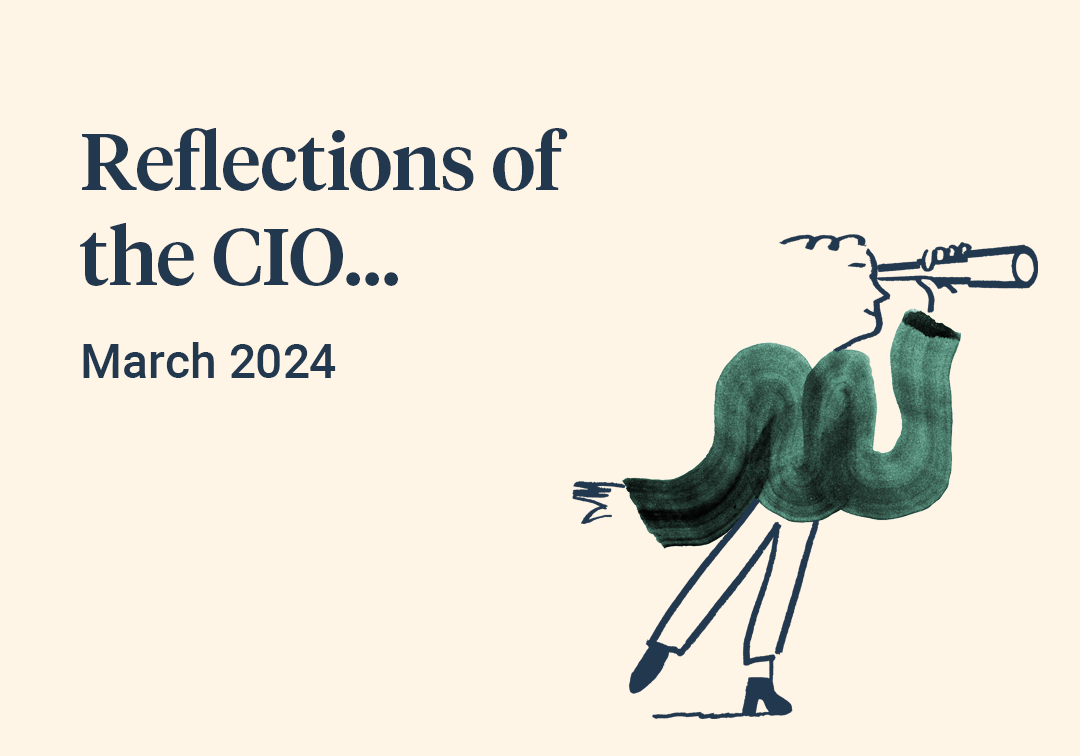Portfolio Performance
July was a busy month which ultimately ended up delivering a strong recovery in asset prices around the world, despite concurrent large interest rate increases and weak economic data. Having spent the first six months of the year falling sharply, markets had eventually reached a point where the US and European central banks could raise interest rates aggressively without shocking anyone. The shock, so to speak, had already been priced in and the absence of any further bad news was enough to catalyse a strong rally.
We are now in a period where the effect of higher prices and tighter monetary policy is combining to slow economies rapidly. The US, for example, is already in a technical recession, having posted negative growth in the first and then second quarters of the year. This is, perhaps counterintuitively, being taken by investors as a ‘good thing’, because this slowdown in demand will act to push inflation lower, allowing the pace of interest rate rises to slow and then ultimately peak. The prospect of this very short interest rate cycle, combined with relatively limited economic damage, is the scenario which the US Federal Reserve is seeking to engineer and, for July at least, investors are giving them the benefit of the doubt that they will succeed.
However, the situation outside of the USA is much less clear-cut. In Europe, the European Central Bank was forced by inflation readings to raise interest rates for the first time in 11 years and by a large increment too (+0.5%). They also simultaneously announced a new intervention instrument, designed to boost their defensive armoury, should the markets again test their resolve to deal with pressures in the Italian and peripheral bond markets. All this coming in a region where economic growth is held hostage to geopolitical forces, with the very real prospect of devastating energy rationing looming towards the end of the year. Similarly in China, the slow reversal of ‘zero Covid’ policies coupled with the equally slow pace of property market reform, is undermining investor conviction that this vital region will be able to grow at a pace that offsets the contractions elsewhere.
Do you need help managing your investments?
Our team can recommend an investment strategy to meet your financial objectives and give you peace of mind that your investments are in good hands. Get in touch to discuss how we can help you.

This complexity in outlook was reflected in the performance of commodity markets, which although they too recovered over the month, did so in a much more half-hearted manner than financial assets. Similarly, there was a difference in recovery across regions, with assets linked to the US economy performing better than those in Asia or China.
What also makes the current market situation so tricky to read is the fact that there is no ‘anchor’ or core theme around which investors can coalesce. The forward guidance that central banks had been relying on heavily to guide bond market pricing, has now been abandoned and replaced by monthly data watching. Policymaking now appears very tactical as opposed to strategic, driven by the latest unemployment or CPI releases, with rhetoric dialled up or down depending on the outcome. This compression of investment time horizons around a narrow range of short-term indicators is, we think, behind much of the recent volatility and it is something that is unlikely to change between now and the end of the year. It’s simply going to take more time before enough real-world data is published to allow us, and others, to gauge if the current valuations over or under discount the risks surrounding the prospects of the world’s three biggest growth engines.
Our best guess remains that the transitory, Covid inspired inflationary pressures are easing sharply and that this should reflect itself in data releases over the next few months, at least for the US economy. Unfortunately, it will take longer in the UK for the impact of energy spikes to drop out, but eventually, that too should happen as we go through 2023. As the inflation problem is gradually brought back under control here and abroad by slowing economies, resilient consumer balance sheets should help corporations minimize the profits impact. This in turn should help pummelled equity markets recover, as they may have ended up discounting a scenario much less bad than initially feared.
However, there is an element of spurious precision in describing a scenario such as this, which we should be wary of. Investment life, just like real life, is messy and complicated and the predicted paths for interest rates and earnings are at best, rough guesses. We know the Federal Reserve won’t stop raising interest rates until ‘’ compelling evidence’’ is available that inflation has peaked. We also know that this evidence isn’t yet available. Until it is, we suspect that investor’s resolve will be tested several more times before we can declare an end to the volatility and a return to something akin to a more normal investing environment.
Do you need help managing your investments?
Our team can recommend an investment strategy to meet your financial objectives and give you peace of mind that your investments are in good hands. Get in touch to discuss how we can help you.

Article sources
Editorial policy
All authors have considerable industry expertise and specific knowledge on any given topic. All pieces are reviewed by an additional qualified financial specialist to ensure objectivity and accuracy to the best of our ability. All reviewer’s qualifications are from leading industry bodies. Where possible we use primary sources to support our work. These can include white papers, government sources and data, original reports and interviews or articles from other industry experts. We also reference research from other reputable financial planning and investment management firms where appropriate.
The views expressed in this article are those of the Saltus Asset Management team. These typically relate to the core Saltus portfolios. We aim to implement our views across all Saltus strategies, but we must work within each portfolio’s specific objectives and restrictions. This means our views can be implemented more comprehensively in some mandates than others. If your funds are not within a Saltus portfolio and you would like more information, please get in touch with your adviser. Saltus Asset Management is a trading name of Saltus Partners LLP which is authorised and regulated by the Financial Conduct Authority. Information is correct to the best of our understanding as at the date of publication. Nothing within this content is intended as, or can be relied upon, as financial advice. Capital is at risk. You may get back less than you invested. Tax rules may change and the value of tax reliefs depends on your individual circumstances.
About Saltus?
Find out more about our award-winning wealth management services…
Winner
Best Financial Advisers to Work For
Finalist
Investment Performance: Balanced Portfolios
Finalist
Financial Planning Firm of the Year: Small to Medium Firm
Winner - Silver
Financial Planning Firm of the Year (Large)
£4.4bn+
assets under management
20
years working with clients
200+
employees
98%
client retention rate






